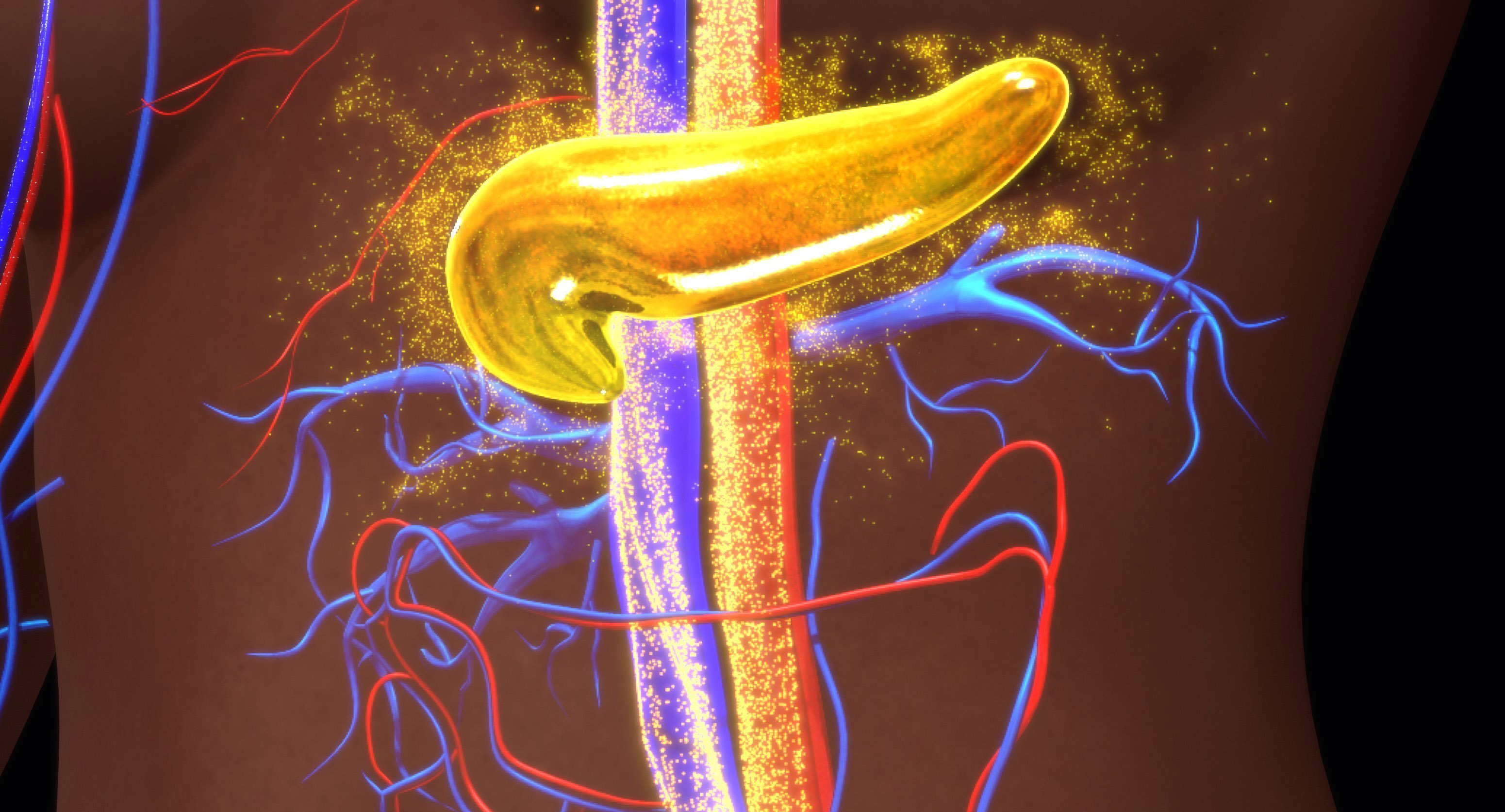Injection-free Cellular Implant for Diabetes Management

KEY INFORMATION
Healthcare - Medical Devices
TECHNOLOGY OVERVIEW
In 2022, about 83 million patients suffer from insulin-dependent diabetes worldwide. From 2021 to 2045, this number is projected to increase by 46% globally. Despite the availability of approved insulin therapy as the standard of care, up to a quarter of these patients still suffer from poor blood glucose control, which can lead to a fatal drop in blood glucose levels.
The team has developed a cell-encapsulating macro-device as an implant to reduce the risk of fatal drop in blood sugar of insulin-dependent diabetic patients. This patent-pending, injection-free cellular implant can effectively manage insulin-dependent diabetes by enabling enhanced survival of therapeutic insulin-secreting cells.
After a simple under-skin insertion of the macro-device, the cells in this implant can sense the blood glucose level of a diabetic patient and secrete insulin to continuously provide injection-free, precise glucose control. The device also protects the insulin secreting therapeutic cells by encapsulating them in a hydrogel to shield them from immune attacks and alleviate the patient from the need for immunosuppression. This technology could offer a safer alternative treatment for these insulin-dependent patients who experience poor blood glucose control with conventional insulin therapy.
TECHNOLOGY FEATURES & SPECIFICATIONS
This platform technology includes two main components: a protective hydrogel membrane and living therapeutic cells. These cells are encapsulated within the hydrogel, which has controllable pores. These pores are large enough for nutrients and therapeutic agents to pass through, allowing the cells to survive and function normally. Furthermore, the pore size is small enough to block the entry of immune cells and harmful molecules, protecting the therapeutic cells from the patient's immune system. This protection eliminates the need for lifelong use of immunosuppressants, easing the burden on the patient. Once implanted inside the patient, the therapeutic cells inside the device can sense the biological environment and secrete their therapeutic agents, typically insulin in the case of diabetes, as required.
The proprietary device design also improves oxygen access for the therapeutic cells by arranging them in donut-shaped microtissues, providing more surface area for oxygen intake compared to their natural spheroidal shape. These microtissues are then organized into arrays to prevent aggregation, enhancing survival of the therapeutic cells and potentially prolonging treatment duration without the need for additional agents or accessories.
POTENTIAL APPLICATIONS
The technology development is currently focusing on treatment for insulin-dependent diabetes. In addition to this indication, it could serve as a platform technology for the treatment of other hormone-deficiency diseases by encapsulating different types of therapeutic cells to secrete missing hormones of interest. The applicable indications include, but are not limited to, hemophilia A and thyroid disorder.
Market Trends & Opportunities
With 83 million patients worldwide suffering from insulin-dependent diabetes in 2022, there is an urgent unmet need for a safer alternative treatment for patients unresponsive to insulin therapy. The proposed cellular therapy has the potential to fulfil this need, and there is no similar treatment already approved and available in the market. Targeting the young insulin-dependent patient population (Type 1 Diabetes) experiencing poor blood glucose control and able to afford the treatment, it is estimated that the service obtainable market in the United States could achieve an annual revenue of approximately 70 million USD. A similar estimation values the Chinese market at 37 million USD annually.
Unique Value Proposition
- The macro-device implant is designed to provide continuous and precise blood glucose control without requiring manual intervention and injection.
- The proprietary hydrogel design provides protection from immune rejection as alleviating the patient from the burden of lifelong immunosuppressant usage.
- The device design also potentially improves the survival of encapsulated cells, promising a sustainable and prolonged efficacious duration without overburdening the patient with additional accessories.
